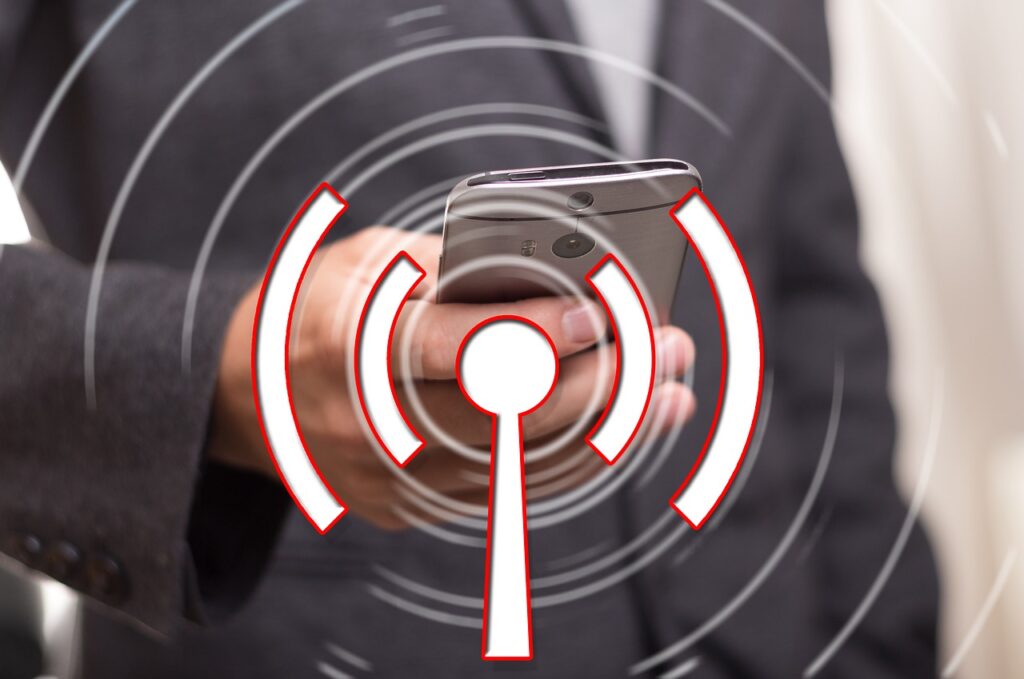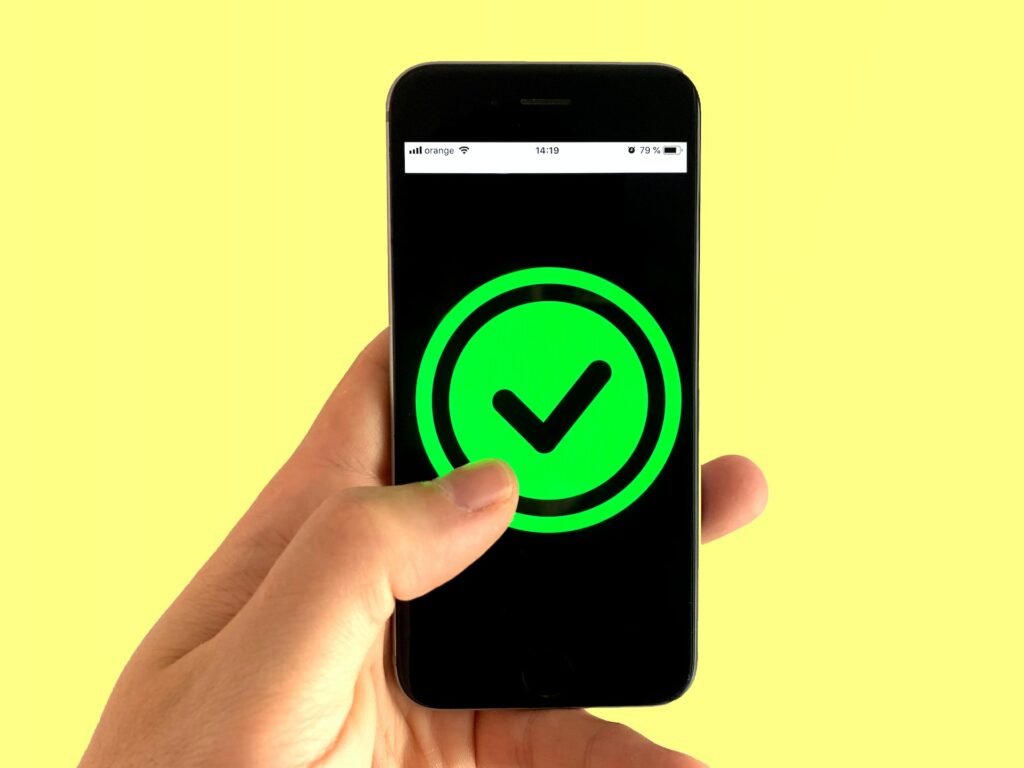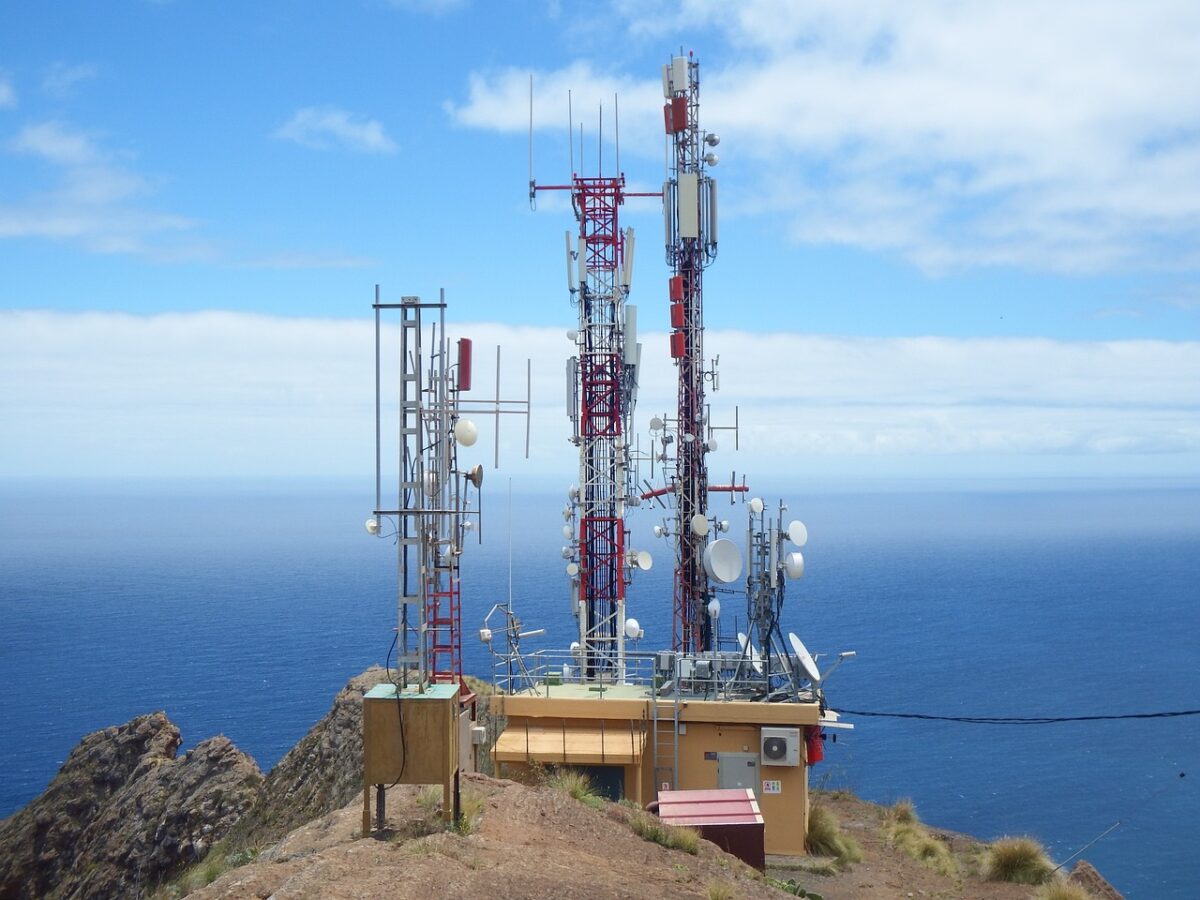There are several benefits to residing in rural locations.
Living in a rural region will introduce you to a world of new realities, from the clean air to the tranquility that penetrates the air.
And guess what? Just because you live somewhere without easy access to DSL or cable connections doesn’t mean you have to settle for a subpar internet connection.
In this article, we’ll explain how you can access reliable high-speed internet in rural locations.
Post Contents
Cable Internet In Rural Areas
The same coaxial cables that you use to watch cable TV, such as RCN cable are used for cable internet.
If cable internet is available in your rural town, you’ll probably obtain broadband speeds even if it’s a step down from fiber internet.
With fiber technology, cable home internet subscriptions may currently deliver speeds of up to 1,000 Mbps.
But if your house is far from the node where the fiber internet support ends, your internet provider might only offer slower options.
What Are The Best Choices For Satellite Internet?
Your greatest option for getting a high-speed internet connection if you reside in a remote area without direct access to DSL or cable internet is to choose a satellite internet connection.

And if you reside somewhere with a clear view of the sky, you can still have a high-speed internet connection wherever you are.
Users will need to install a satellite dish to receive and send high-speed broadband signals from satellites placed in orbit in order to use a satellite internet connection.
This means that you can still get a high-speed internet connection even if you live in a distant place.
You must sign up with satellite internet services providers like HughesNet and DISH Network, in order to connect to satellite internet.
Remarkably, a large number of these satellite companies are continuously attempting to enhance their capabilities.
One thing you should keep in mind is that depending on the satellite package you select, using satellite internet will require you to agree to pay installation costs as well as a monthly subscription charge.
The wonderful thing about satellite connections is that they are incredibly reliable, barring rare cloud cover and severe weather.
Let’s take a look at how you can get the internet in rural areas.
DSL
One option you might want to think about is the Digital Subscriber Line (DSL). This technique uses telephone lines to give high-speed internet service.
You only need a DSL modem, so it’s often cheaper and easier to set up than other kinds of internet service because it uses the same infrastructure.
Although it is not the fastest, DSL may be made to function just as quickly as a cable or fiber connection. Yet, one drawback of DSL is that it can’t handle a lot of concurrent users. With distance, both its speed and signal power decrease.
Mobile Wi-Fi Internet
For those who live in distant places, mobile internet offers an extraordinarily fast internet option.
Additionally, you can immediately begin using this high-speed internet alternative by purchasing a USB dongle or MiFi device provided you have access to cellular telephone service.
You can quickly set up a mobile hotspot utilizing your wireless cellular carrier service with a MiFi device.
Not only that, but mobile internet service providers now give customers USB dongles that they can connect directly to their PC in order to use their 3G or 4G internet service to access high-speed internet.
While your local cellular phone operator may offer you a high-speed mobile internet connection, keep in mind that you will also need to sign a contract and pay monthly service and cell phone costs.
Hotspot For Tethering
If you live in a rural region and are fortunate enough to have a strong and dependable 3G or 4G connection, you should search for this option because it will give you continuous access to high-speed internet.

Although many mobile plans have a set data limit, using one is still much better than using a poor dial-up connection.
Interestingly, a lot of cellular service companies sell hotspot options at reasonable prices.
These plans will provide customers the option to utilize their smartphones as mobile hotspots to connect their PCs and tablets to high-speed internet.
You can still use your 3G or 4G data plan to tether your smartphone to your tablet or PC in locations where your cellular carriers do not provide tethering hotspot services.
The drawback of choosing this option is that it uses 3G or 4G service, which is prone to overage charges after you surpass your data limit, even if this super-fast internet connection is quite stable. This especially applies to rural regions where there is no direct access to DSL or cable internet.
Long-range Wi-Fi Antenna
Although it isn’t a very common method of connecting to the internet in rural areas, it is nonetheless important to mention because certain distant locations are now offering this service.
Users typically install a long-range Wi-Fi antenna outside of their homes to obtain a fast internet connection.
In rural locations without direct access to satellite, cable, DSL, or fixed Wi-Fi, this is very important.
Long-range Wi-Fi typically uses 802.11a/b/g/n, however, this can change depending on the kind of antenna and transmission strength that are available where you are.
Also, you can choose a long-range Wi-Fi booster to increase your present internet speed if you’re not satisfied with the long-range Wi-Fi antenna’s speedy delivery.
All in All
Living in a rural place doesn’t have to be miserable after all; just select one of the broadband internet connection alternatives we discussed in this article, and you’ll be able to access high-speed internet right away.
Also, there are additional technologies under development. As those come online, we’ll be happy to keep you informed.






























